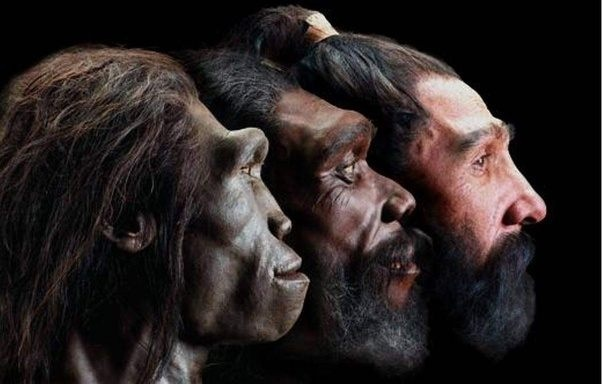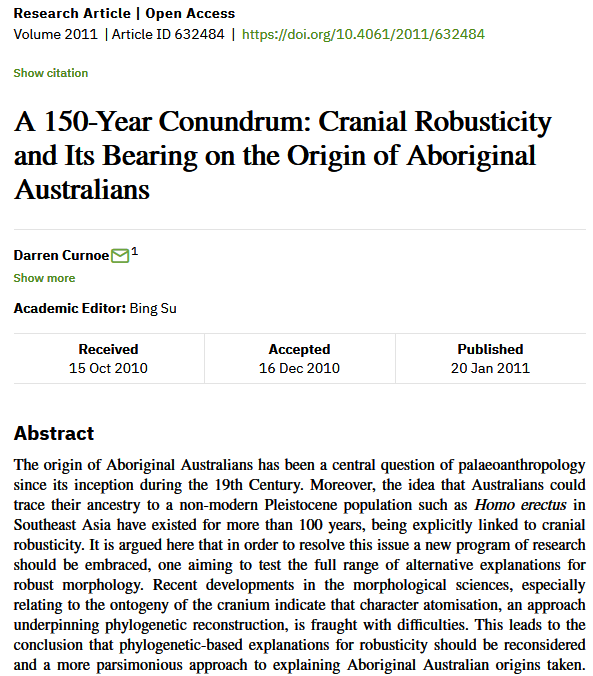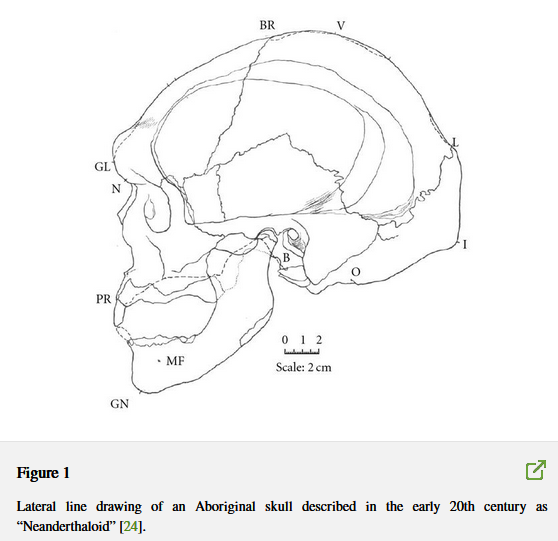Ever since I saw the image below, of how the Pintubi 1 skull differs from the classic H sap. skull, I’ve been on the lookout for someone whose skull resembles Pintubi 1. I’ve finally found one.
Some background. Skulls in human palaeontology tend to be described as “robust” and “gracile”. With the assumption that the evolution of H. sap from ancestors has been a progression from robust to gracile characteristics. The discovery of a more gracile skull at any epoch is usually heralded with an announcement that “we’ve found an ancestor of H. sap”. And in the main that is true, but not necessarily always.
The Cow Swamp skulls in Australia are of the robust type, and were originally taken as evidence that a different species of human arrived in Australia before the Australian aboriginals. The Pintubi 1 skull threw a lot of doubt on that because here was a robust skull from a relatively modern human.
But there were still problems. Nobody knows for sure how old the Pintubi 1 skull actually is, it is tentatively assigned to 200 years old. The skull has vanished, lost, so can’t be examined any more. If I read the literature correctly, the Pintubi tribe went extinct in about 1955, so we can’t compare their skulls with the Pintubi 1 skull.
Ever since then, I’ve been looking for a modern human who has a skull similar in four respects to the Pintubi 1 skull: the receding chin, the protruding upper lip, the heavy brow ridges and the strongly sloping forehead. All four can only be seen in profile view, from face on view the shape differences vanish. Google search and image search is useless, so I’ve had to rely on TV. Occasionally people pop up on TV with one of the characteristics, like Julia Roberts. Much more rarely two, like David Jason and people in some African documentaries.
I’ve finally found someone on TV with a similar skull to the Pintubi 1 skull. On TV last night, a rerun of Martin Clunes “Islands of Australia”. One of the Tiwi Islanders has a skull with all four robust characteristics. One, not all.
Yippee. Human biodiversity has not been lost – yet. :-)
Pintubi 1 skull, left, vs typical H. sap, right




